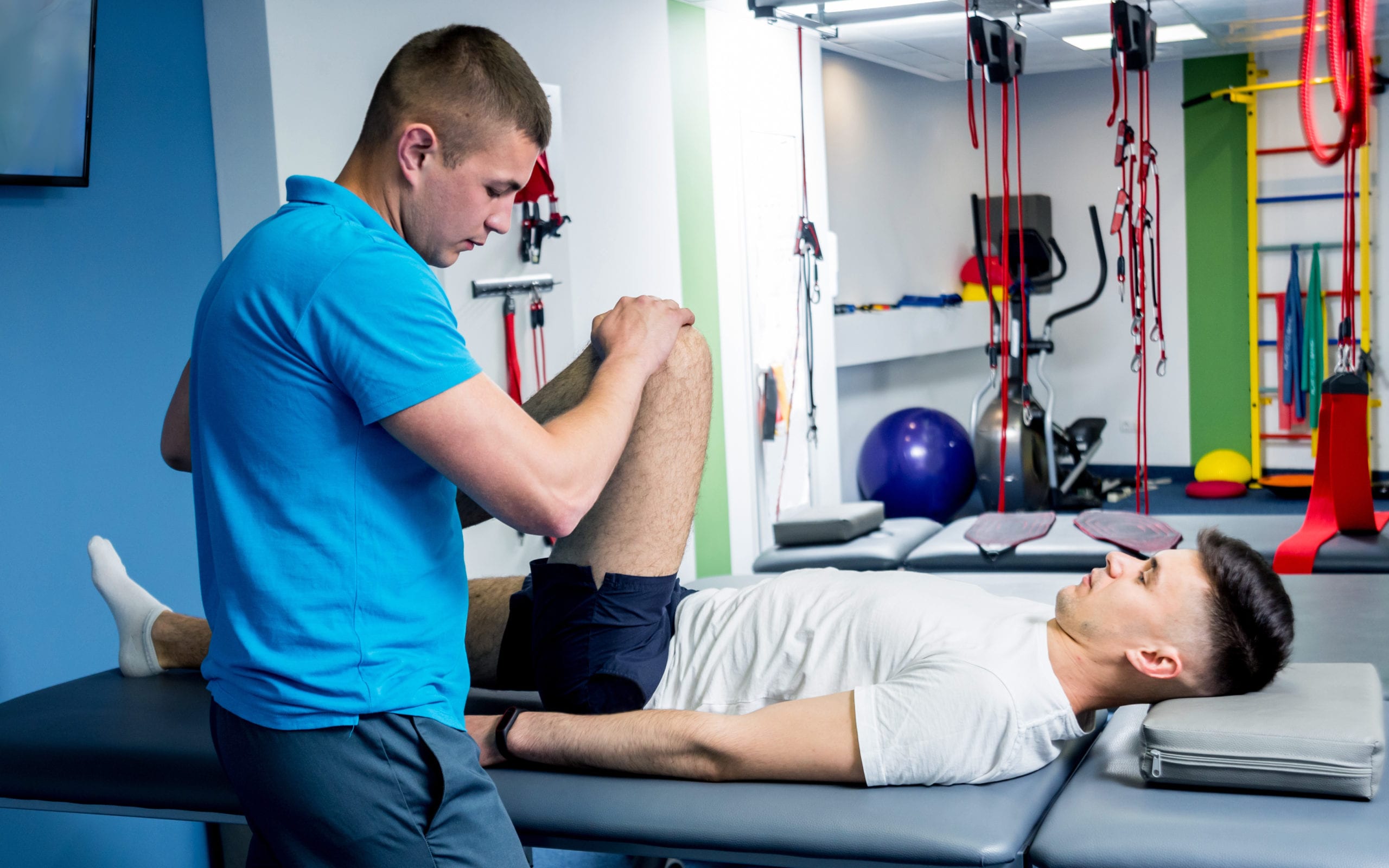One of the primary techniques used to alleviate dyspnea in physical therapy is the practice of regulated breathing activities. These activities often concentrate on abdominal breathing, which promotes patients to use their diaphragm rather than their upper chest muscles when breathing in. This method helps to increase lung volume and efficiency. Additionally, pursed lip breathing is another technique that can be beneficial. This method involves inhaling through the nose and exhaling slowly through compressed lips, which can help to keep airways open longer and make breathing feel more manageable. By incorporating these activities into therapy appointments, physical therapists can provide patients with strategies to control their breathing difficulties both during and outside of their sessions.
Another important element of managing dyspnea in physical therapy is the creation of an individualized exercise regimen. Customizing exercises to satisfy the individual needs and capabilities of each patient is crucial. Therapists should slowly integrate aerobic activities, such as ambulating or biking, in a structured manner, allowing patients to build their endurance over a period. This progressive approach helps patients to feel Recommended Site more comfortable with physical activity while at the same time improving their lung function and overall endurance. It is important for therapists to monitor patients carefully during these exercises to make sure they are not overexerting themselves, which could lead to greater difficulty of breath.
Education also plays a major role in reducing breathing difficulties during physical therapy sessions. Providing patients with information about their ailment and the factors behind dyspnea can empower them to take charge of their health. Therapists can describe how elements like anxiety, posture, and environmental conditions can influence breathing. By understanding these concepts, patients can discover to control their issues more effectively. Techniques such as stress reduction strategies and proper body posture can additionally assist in minimizing the impact of breathing difficulties during routine activities and therapy appointments.
In conclusion, effectively alleviating breathing difficulties in physical therapy appointments involves a mix of breathing exercises, personalized exercise programs, and patient teaching. By implementing these efficient methods, physical therapists can assist patients manage their breathing difficulties and improve their overall well-being. Collaboration between therapists and patients is crucial to create tailored interventions that meet individual needs. With the right support and techniques, patients can find relief from breathing difficulties and engage more fully in their physical therapy process, eventually leading to a better standard of life.
